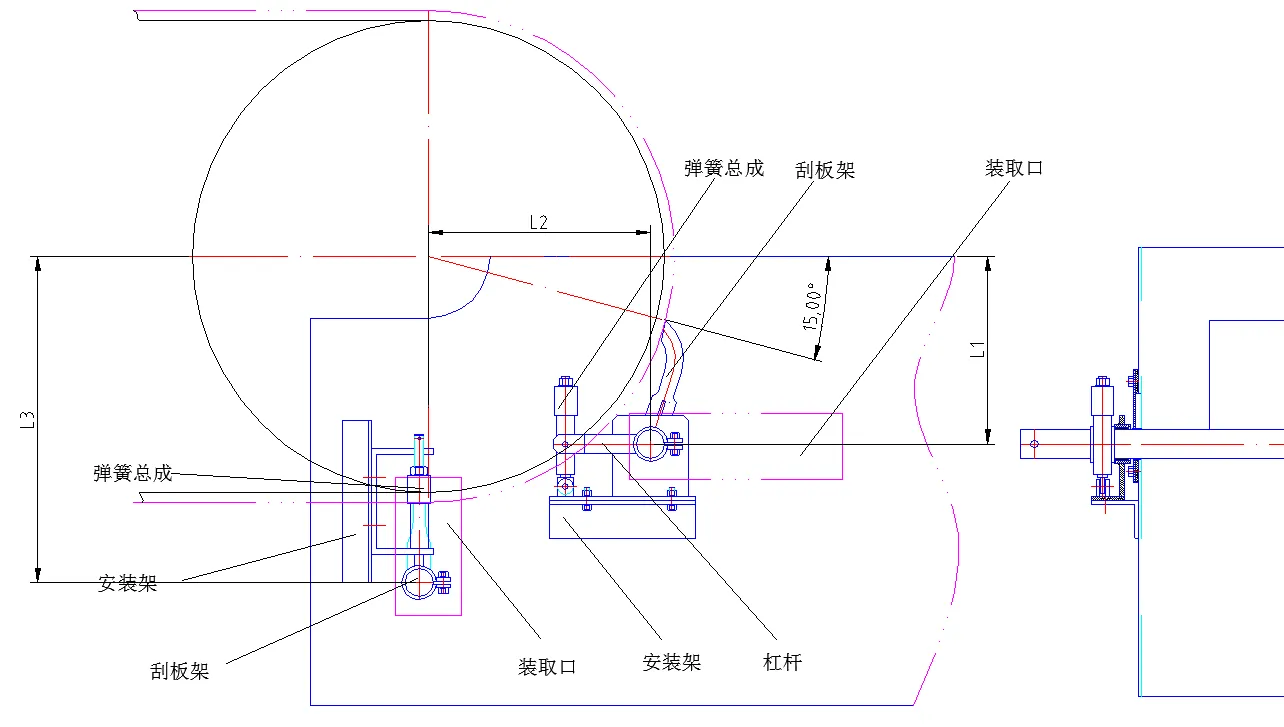 Afrikaans
Afrikaans  Albanian
Albanian  Amharic
Amharic  Arabic
Arabic  Armenian
Armenian  Azerbaijani
Azerbaijani  Basque
Basque  Belarusian
Belarusian  Bengali
Bengali  Bosnian
Bosnian  Bulgarian
Bulgarian  Catalan
Catalan  Cebuano
Cebuano  Corsican
Corsican  Croatian
Croatian  Czech
Czech  Danish
Danish  Dutch
Dutch  English
English  Esperanto
Esperanto  Estonian
Estonian  Finnish
Finnish  French
French  Frisian
Frisian  Galician
Galician  Georgian
Georgian  German
German  Greek
Greek  Gujarati
Gujarati  Haitian Creole
Haitian Creole  hausa
hausa  hawaiian
hawaiian  Hebrew
Hebrew  Hindi
Hindi  Miao
Miao  Hungarian
Hungarian  Icelandic
Icelandic  igbo
igbo  Indonesian
Indonesian  irish
irish  Italian
Italian  Japanese
Japanese  Javanese
Javanese  Kannada
Kannada  kazakh
kazakh  Khmer
Khmer  Rwandese
Rwandese  Korean
Korean  Kurdish
Kurdish  Kyrgyz
Kyrgyz  Lao
Lao  Latin
Latin  Latvian
Latvian  Lithuanian
Lithuanian  Luxembourgish
Luxembourgish  Macedonian
Macedonian  Malgashi
Malgashi  Malay
Malay  Malayalam
Malayalam  Maltese
Maltese  Maori
Maori  Marathi
Marathi  Mongolian
Mongolian  Myanmar
Myanmar  Nepali
Nepali  Norwegian
Norwegian  Norwegian
Norwegian  Occitan
Occitan  Pashto
Pashto  Persian
Persian  Polish
Polish  Portuguese
Portuguese  Punjabi
Punjabi  Romanian
Romanian  Russian
Russian  Samoan
Samoan  Scottish Gaelic
Scottish Gaelic  Serbian
Serbian  Sesotho
Sesotho  Shona
Shona  Sindhi
Sindhi  Sinhala
Sinhala  Slovak
Slovak  Slovenian
Slovenian  Somali
Somali  Spanish
Spanish  Sundanese
Sundanese  Swahili
Swahili  Swedish
Swedish  Tagalog
Tagalog  Tajik
Tajik  Tamil
Tamil  Tatar
Tatar  Telugu
Telugu  Thai
Thai  Turkish
Turkish  Turkmen
Turkmen  Ukrainian
Ukrainian  Urdu
Urdu  Uighur
Uighur  Uzbek
Uzbek  Vietnamese
Vietnamese  Welsh
Welsh  Bantu
Bantu  Yiddish
Yiddish  Yoruba
Yoruba  Zulu
Zulu Understanding the Functionality of Non-Drive Pulleys in Mechanical Systems
Understanding Non-Drive Pulleys Their Role and Importance in Mechanical Systems
In the world of mechanical engineering, pulleys serve as vital components in various systems, facilitating movement and altering force without significant energy loss. Among the different types of pulleys, non-drive pulleys play a crucial yet often overlooked role. While drive pulleys are responsible for transferring power from one source to another, non-drive pulleys contribute primarily to modifying the direction of force, reducing tension, and enhancing system performance.
What is a Non-Drive Pulley?
A non-drive pulley, often referred to as an idler pulley, is a mechanical component that serves to guide a belt or rope without directly transmitting power. These pulleys do not receive input from a power source; instead, they help maintain proper tension and alignment within a belt-driven system. In many applications, non-drive pulleys do not contribute to the motion themselves but ensure the efficiency and effectiveness of the drive mechanism.
Primary Functions of Non-Drive Pulleys
1. Tension Maintenance One of the primary roles of non-drive pulleys is maintaining tension in the belt or rope system. Proper tension is crucial for ensuring that the drive components function effectively. If the belt is too loose, it can slip off the pulley, causing malfunctions. Conversely, excessive tension can lead to excessive wear and tear, reducing the lifespan of components. Non-drive pulleys help achieve the ideal tension balance.
2. Direction Change Non-drive pulleys are often used to change the direction of the belt travel. By redirecting the belt path, they allow for more compact design layouts in machinery, which can be crucial in limited-space applications. This feature is commonly found in automotive engines, conveyor systems, and various other mechanical setups.
3. Support and Alignment These pulleys not only change the direction of the belt but also support it, maintaining alignment between the drive and load pulleys. Correct alignment is essential for reducing friction and unnecessary wear to both the belt and the pulleys, thus prolonging the system's operational life.
non-drive pulley

4. Reducing Noise and Vibration Non-drive pulleys can also help diminish the noise and vibration caused by the movement of belts and ropes. By optimizing the path and tension of the belt, these pulleys contribute to a smoother operation, ultimately leading to enhanced performance and user comfort, especially in household appliances and vehicles.
Applications of Non-Drive Pulleys
Non-drive pulleys find their use in various applications across different industries. Notably
- Automotive Industry In vehicles, non-drive pulleys are commonly used in serpentine belt systems, which drive multiple accessories such as alternators, power steering pumps, and air conditioning compressors. These idler pulleys guide the belt, ensuring it remains properly tensioned and aligned.
- Manufacturing and Conveying Systems In conveyor belts, non-drive pulleys serve to redirect the belt path and maintain tension, thereby ensuring smooth and continuous material movement without interruptions.
- Industrial Machinery Machines often utilize non-drive pulleys to facilitate the movement of belts that power different mechanical components, optimizing overall efficiency.
Conclusion
While non-drive pulleys may not be the primary power sources in mechanical systems, their contributions are indispensable. By maintaining belt tension, changing direction, ensuring proper alignment, and reducing noise and vibration, they play a significant role in enhancing the performance and longevity of mechanical systems. Just as a conductor orchestrates a symphony, non-drive pulleys facilitate harmonious operation within machinery, ensuring that each component performs its role effectively and efficiently. Understanding their importance is essential for anyone involved in mechanical design, maintenance, or optimization, as neglecting these small but mighty components could result in larger issues for the entire system. Thus, non-drive pulleys deserve acknowledgment and respect within the engineering community for their fundamental role in mechanical functionality.
-
Revolutionizing Conveyor Reliability with Advanced Rubber Lagging PulleysNewsJul.22,2025
-
Powering Precision and Durability with Expert Manufacturers of Conveyor ComponentsNewsJul.22,2025
-
Optimizing Conveyor Systems with Advanced Conveyor AccessoriesNewsJul.22,2025
-
Maximize Conveyor Efficiency with Quality Conveyor Idler PulleysNewsJul.22,2025
-
Future-Proof Your Conveyor System with High-Performance Polyurethane RollerNewsJul.22,2025
-
Driving Efficiency Forward with Quality Idlers and RollersNewsJul.22,2025





























